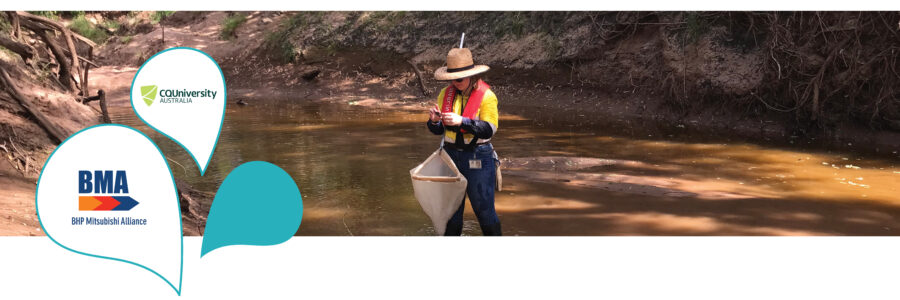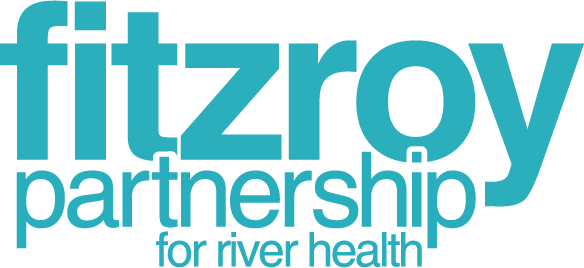Protecting Waterway Health: A Decade Long Partnership

Water is a vital resource with significant social, cultural, environmental and economic values. At BHP Mitsubishi Alliance (BMA) comprehensive water management is prioritised to safeguard waterway health and achieve set context based water targets. Context based water targets address water challenges shared by BMA and other stakeholders in the regions where they operate. They focus on improvements in water resource management such as water reuse and consumption and effective mine water release management.
Recognising the potential impact of mine water release into the receiving environment, BMA has collaborated with Central Queensland University (CQU) over the past decade on the Aqua Eco Health Program (AEHP). This initiative has collected and analysed water quality, sediment and biota data up and downstream of BMA operations in the Bowen Basin in Queensland. The partnership has identified and unlocked valuable insights and trends by analysing extensive environmental data collected over the 10 years. This AEHP initiative comprehensively analyses all available historical environmental data collected and provides:
- Valuable insights and trends into the potential impact of mine water release on the surrounding environment both at individual mine and catchment levels over the period.
- The development of effective, economical and ecologically sustainable monitoring related to the release of mine water to safeguard aquatic ecosystems.
- A long-term dataset, facilitating future research and collaboration with government agencies with far reaching benefits extending beyond the Bowen Basin region and BMA operations as an input into the mining industry’s best practice in Australia.
The physical, chemical and habitat variables were collected and measured according to the Queensland Government’s Monitoring and Sampling Manual: Environmental Protection (Water) Policy 2009 (2018). Habitat characteristics including vegetation and substrate composition were also recorded using the standardised National River Health Program method within the Australian Rivers Assessment System (AUSRIVAS) sampling and processing manual.
Recent AEHP work is designed around initial data visualization from the dataset collected between 2011 and 2021 including graphing all patterns against the environmental compliance requirements, guidelines and water quality objectives for BMA operations. Multivariate statistical techniques including Principal Component Analysis, that highlights correlations in sources and trends in the site results, and Multidimensional Scaling (MDS), were used to identify and visualise the patterns in the data set. BMA recognises the importance of this work and is committed to minimising environmental impacts and protecting waterway health in the Fitzroy Basin.
BMA acknowledges the expertise and collaboration of Central Queensland University and other institution professionals and researchers in analysing historical data, providing guidance and informing strategies that protect waterway health for the broader region.


